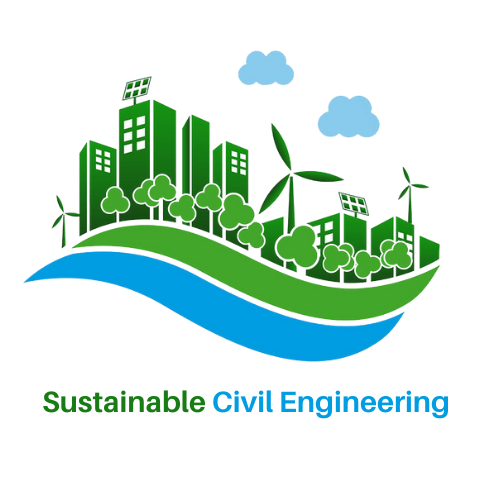Prioritizing Requirements: Lessons from Earthquakes and Engineering
When Building Codes Aren’t Enough
Recently I was re-watching the old 1974 classic “Earthquake.” Even though the acting or the script isn’t high art, at least in my opinion, the special effects for the time were quite impressive. Also, as a licensed California civil engineer, I can appreciate the movie from a professional standpoint.
At one point in the movie, Charlton Heston argues with a client about improving the specifications on his building project. The client reminds him that he meets State and City codes, but Heston tells him that is not enough in a seismic zone such as Los Angeles, where the movie takes place.
The MoSCoW Method of Prioritization
In project management, software development, and business analysis, to name a few, the various requirements must always be prioritized. This is not always easy or straightforward, especially in larger projects. Therefore, using a technique such as MoSCoW can be beneficial and help save time.
The idea is to categorize the project requirements in the following manner:
- Must have – vital components you cannot live without
- Should have – not mandatory, but considered important to very important
- Could have – great to include, but neither mandatory nor very important
- Would have – provide little or no value, and which you can give up
Real-World Applications: Learning from Earthquakes
I was already living in San Francisco during the 1989 Loma Prieta earthquake, and afterwards, a city building code was added requiring that water tanks be placed on elevated metal stands and strapped and bolted to a wall.
Anchoring or bolting house framing to the foundation has also been recommended nd is a new code requirement, but it is not mandatory to retrofit them if they do not exist, which is understandable on the one hand since the structures have been standing as-is for over a century. However, suppose you compare the immediate cost and effort to make relatively minor structural changes to the potential risk years or decades from now. You might want to advocate for a more conservative approach in that case.
Key Takeaways
The point of this example is twofold:
- It is important to prioritize your project requirements at every step.
- Sometimes, you need to use your judgment and discern ff an S or a C needs to be an M.
Sustainability Considerations
In addition to building code requirements, which are based on efficiency and life safety for the most part, in civil engineering and construction, there is always the sustainable component, which is becoming increasingly a “must have” in some jurisdictions but not yet in all.
For example, renewable energy, water reclamation and recycling, and energy efficiency, to name a few, are still considered “should” and “could” have requirements. Therefore, the decision is left to the property owner, developer, and other key stakeholders, who often opt for a less costly investment instead of considering the long-term effects on profit and sustainability.
Conclusion
So, next time you are trying to prioritize your project’s requirements, consider what is clearly crucial and what might be superfluous.
MoSCoW is not just the capital of Russia

